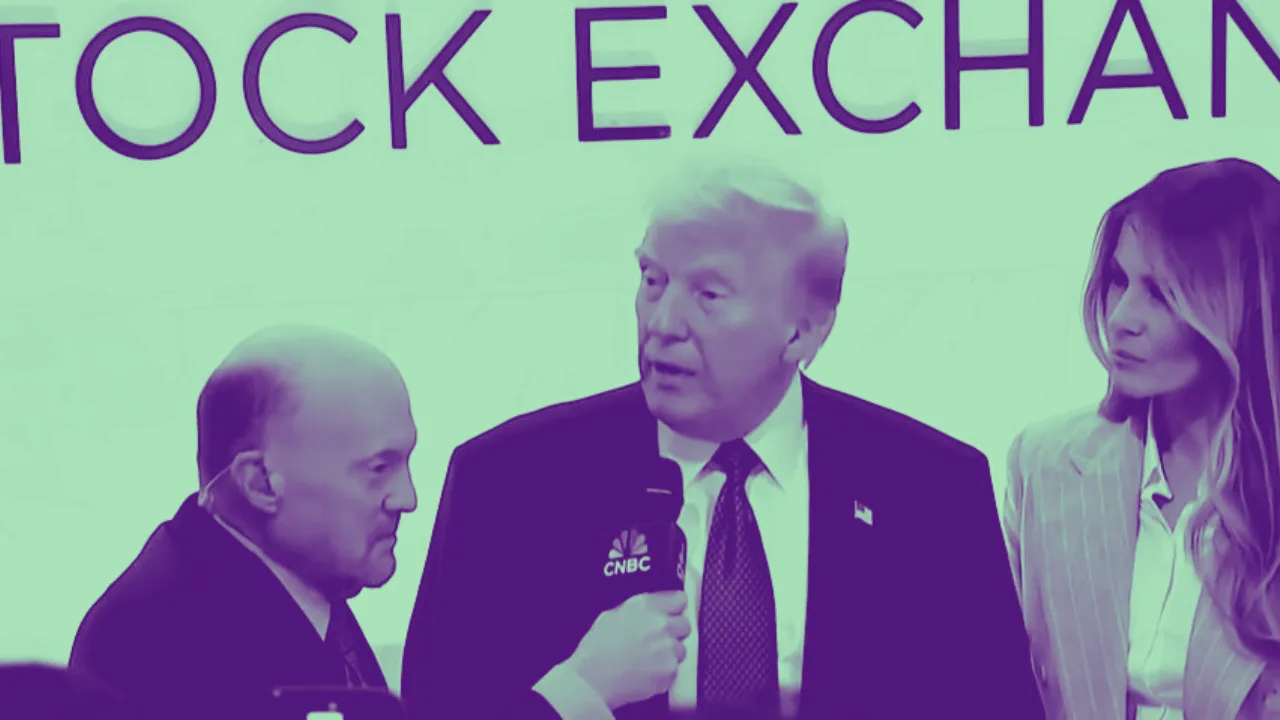The Dow Jones Industrial Average (DJIA), one of the most closely watched indicators of U.S. stock market performance, has recently made headlines for the wrong reasons. The index has suffered its longest losing streak since 1978, with nine consecutive trading days of declines, shedding nearly 1,600 points in the process. Despite being up 15% for the year, this losing streak underscores broader concerns in the market. Here’s what’s driving the downturn and what experts say about its implications.
Factors Driving the Dow’s Decline
Federal Reserve Policy
A significant contributor to the Dow’s decline is uncertainty surrounding the Federal Reserve’s monetary policy. The Fed is expected to announce a quarter-point rate cut, but investors are increasingly concerned about the pace of rate reductions in 2025. Federal Reserve Chair Jerome Powell has signaled a cautious approach, emphasizing the need to balance inflation control with economic growth. Higher borrowing costs resulting from slower rate cuts could dampen corporate profits and consumer spending, pressuring the broader market.
Investor Sentiment
Investor sentiment has also played a key role in the downturn. A recent Bank of America survey revealed that professional investors have reduced their cash allocations to historically low levels, triggering the bank’s “cash rule” indicator—a notable sell signal. Historically, such low cash holdings have preceded market pullbacks as overly optimistic sentiment gives way to corrections.
Sector-Specific Weakness
Several sectors have underperformed, dragging down the Dow. Key contributors include:
- Healthcare: UnitedHealth Group Inc., a significant Dow component, has faced downward pressure due to rising healthcare costs and potential regulatory challenges. Analysts argue that the market’s reaction may be overblown, but its impact on the index remains substantial.
- Energy and Utilities: Declining oil prices and regulatory headwinds have weighed heavily on these sectors, compounding the Dow’s struggles.
Comparison to Other Indices
While the Dow has declined, the S&P 500 and Nasdaq Composite have performed significantly better in 2024, up 27% and 34%, respectively. This disparity stems from the Dow’s lower exposure to mega-cap technology stocks, which have driven much of this year’s market rally.
Historical Context
The nine-day losing streak is the Dow’s worst since 1978, a time when the economy faced high inflation and sluggish growth. While today’s economic environment is different, parallels can be drawn in terms of investor uncertainty and the market’s reaction to evolving monetary policies.
Technical Analysis and Key Levels
Technical analysts highlight that the Dow’s recent performance has broken key support levels, signaling potential for further declines. Key support levels include 43,300, with significant resistance at 45,000. If the bearish momentum persists, the index could test levels as low as 41,600 or even 40,000.
What’s Next for the Dow?
Despite the challenges, some analysts remain cautiously optimistic:
- Opportunities in Value Stocks: Analysts point to potential buying opportunities in undervalued sectors like industrials and small-caps, which historically perform well in the later stages of economic cycles.
- Economic Resilience: Strong labor markets and positive corporate earnings forecasts could bolster the Dow’s recovery in 2025.
However, risks remain. Future Federal Reserve decisions, geopolitical tensions, and fiscal policies under an incoming administration add layers of uncertainty.
How This Impacts Americans’ Everyday Lives
The ripple effects of the Dow’s downturn extend far beyond Wall Street, touching the lives of everyday Americans in various ways:
- Retirement Savings: Many Americans rely on 401(k) plans and other retirement accounts tied to the stock market. Prolonged market volatility can erode portfolio values, potentially delaying retirement plans for millions.
- Consumer Confidence: Declines in the stock market often dampen consumer confidence, leading households to curb spending. This slowdown in consumer activity can, in turn, affect businesses and the broader economy.
- Borrowing Costs: With the Federal Reserve maintaining cautious policies, borrowing costs for mortgages, auto loans, and credit cards may remain elevated, impacting household budgets.
- Job Security: Sectors like healthcare, energy, and manufacturing, which have been hit hard during this downturn, could face pressure to cut costs, potentially leading to layoffs or reduced hiring.
While these challenges are significant, it’s important to note that economic resilience—bolstered by strong labor markets and robust corporate earnings—may help mitigate the impact on households. However, vigilance is crucial as the economic landscape continues to evolve.
Other Recent Analyses on Dow Jones Decline from Around the Web
UnitedHealth Is Dragging Down the Dow. It’s an Overreaction.
What’s behind the Dow’s current losing streak – and should investors be worried?





